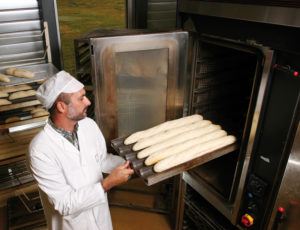 What is its background?
What is its background?
Health conscious people seek to protect their health by eating foods high in fibre. In bygone days, high-fibre diets were a way of life, but with one important difference – the diets of our ancestors included a particular kind of dietary fibre that is largely missing from modern foods – this missing fibre is resistant starch (RS).
What are the objectives for the project?
The main goals for ARISTA are to develop high resistant starch wheat and to find paths to bring this new high RS wheat to the market so as to expand the range of convenience foods which supply this important dietary fibre to consumers.
How will these objectives be achieved?
Cereal based foods are staples for many societies and are widely recommended for good nutrition by health authorities in most countries. However, some important nutrients present in cereal products, including fibre such as resistant starch, are not consumed in sufficient quantities.
In technical terms, the starch in wheat is composed of two main components: amylose & amylopectin. Amylose is less digestible than amylopectin and, by breeding a wheat variety rich in amylose, the ARISTA wheat is naturally high in RS.
The high RS wheat developed by ARISTA is a simple way to increase the RS component in our diet – by producing classic wheat flour which is high in RS. The goal is to improve our everyday diet without making a major change to the type of grain (wheat) or amount of grain-based foods we need to eat to achieve recommended dietary levels.
What is the RS wheat developed by ARISTA ?
Arista’s High RS wheat and flour has some key benefits over other fibres and RS ingredients:
The most practical source of resistant starch for everyday consumption
It is a natural, non-refined ingredient. Responds to the growing awareness that isolated fibres might not be as good as fibres contained in a natural mix of micronutrients.


